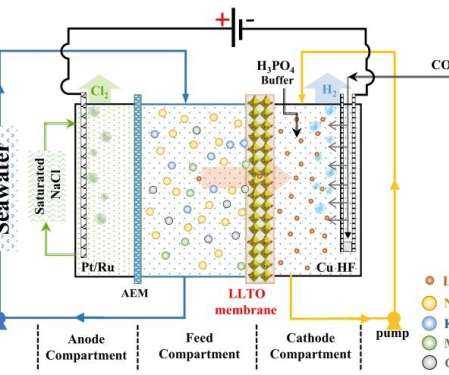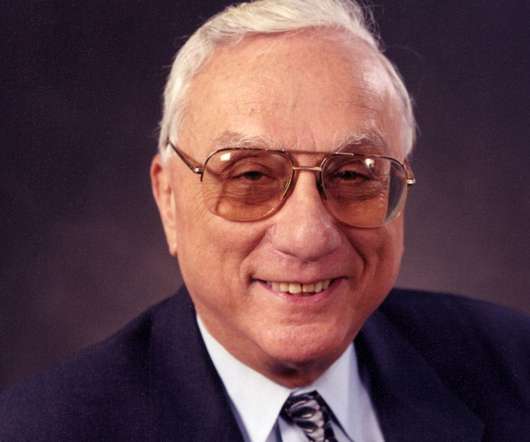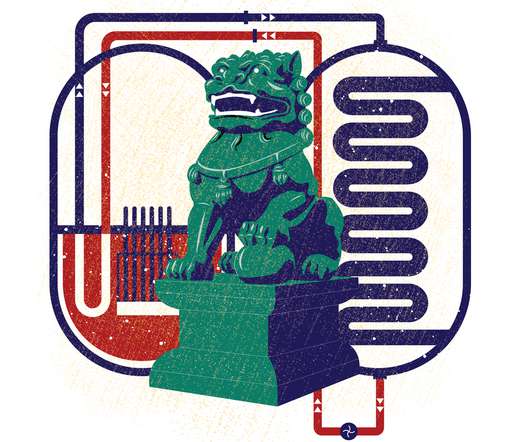KAUST team devises electrically-driven membrane process for seawater lithium mining
Green Car Congress
APRIL 5, 2021
Researchers at King Abdullah University of Science and Technology (KAUST) in Saudi Arabia have developed a continuous electrically-driven membrane process which successfully enriches lithium from seawater samples of the Red Sea by 43,000 times (i.e., 13000 ppm of sodium, magnesium, calcium, and potassium ions, among others).













Let's personalize your content